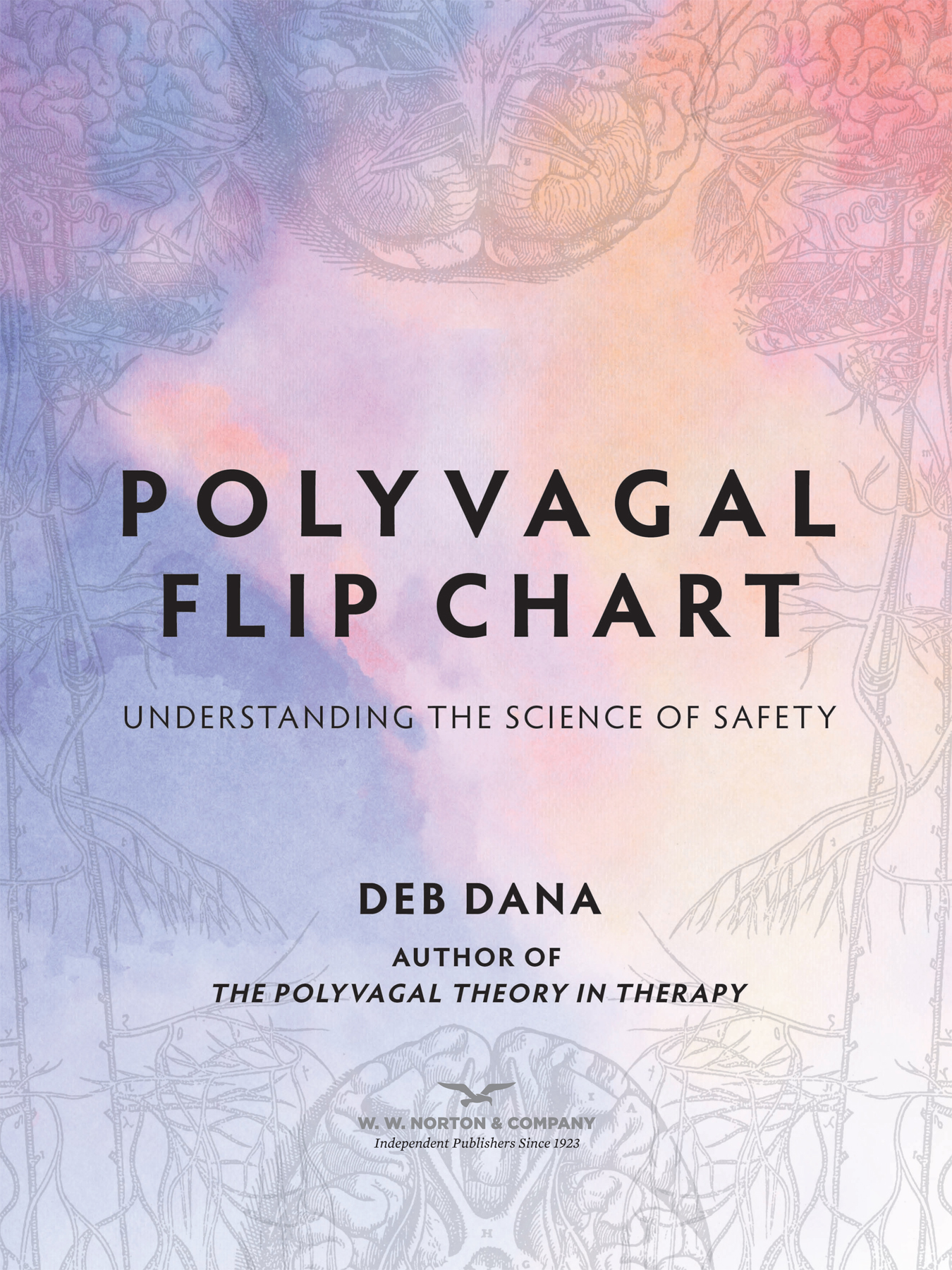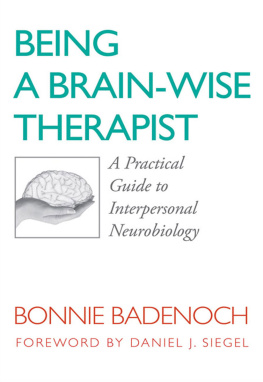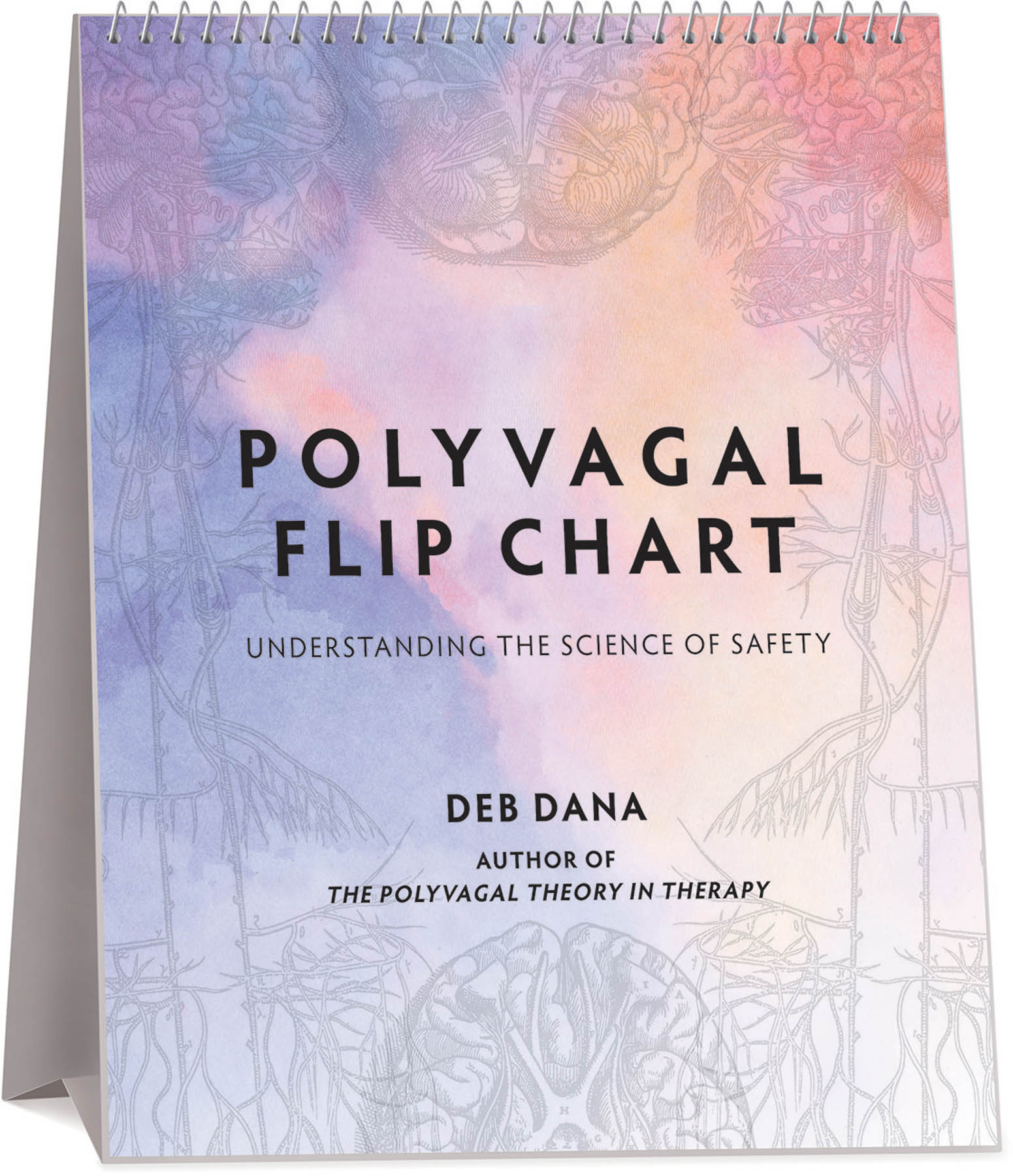
Contents
Polyvagal Theory provides an updated map of the autonomic nervous system, defining how this system shapes experiences of safety and impacts the ability for connection. Polyvagal Theory gives therapists a way to bring the autonomic nervous system directly into therapy and helps clients become active operators of their own nervous systems.
The stories clients tell themselves about who they are and how the world works begin in the autonomic nervous system. Information is sent through autonomic pathways from the body to the brain where it is translated into the beliefs that shape daily living. The brain takes the autonomic information and creates a story to make sense of what is happening in the body. If you want to change the story, start by changing the state.
Stephen W. Porges is the creator of Polyvagal Theory. Dr. Porges first outlined his theory in his Presidential Address at the annual meeting of the Society for Psychophysiological Research in 1994. His address was then published in the societys journal, Psychophysiology (Porges, 1995). Dr. Porges has continued to elaborate and expand the theory in articles, books, and lectures. Since its introduction, Polyvagal Theory has been referenced in thousands of peer-reviewed research articles and has been incorporated into the clinical work of thousands of therapists around the world.
The Polyvagal Flip Chart is based on the constructs and principles developed and named by Dr. Porges to explain his theory. On each page of the Flip Chart, concepts related to Polyvagal Theory are presented. For those interested in reading the foundational sources, references are listed on the last page of the Flip Chart.

Polyvagal Theory is a theory of the ways the autonomic nervous system works. Polyvagal Theory:
- defines the ways the autonomic nervous system reacts to experiences and regulates responses
- describes the ways the autonomic nervous system takes in information and initiates a response to help us safely navigate the ordinary demands of a day along with the extraordinary challenges we sometimes face
- outlines a hierarchy of three biological pathways of response providing a map of the ways we predictably move in and out of engagement, mobilization, and collapse in response to daily experiences

Stories about self, the world, and relationships are based in autonomic state.
State creates story.
The autonomic nervous system looks for context, choice, and connection in order to find safety and regulation. When one of these is missing, a sense of unease develops and the autonomic nervous system prepares for protection. Explicitly attending to context, choice, and connection is important to the success of the therapy process.
ContextClients dont often ask why the therapist is doing something in a certain way and therapists dont always think to offer that information. By providing information about why, what, and how, therapists are giving the context the autonomic nervous system needs to feel safe and engage in the therapeutic process.
ChoiceWhen choice is restricted or when there is a feeling of being trapped, the autonomic nervous system senses danger and enacts a survival response. Where to sit, proximity, focus of the session, modality to use, and pace of work are examples of choices therapists can routinely offer.
ConnectionThe therapists ability to be in ventral vagal regulation and offer that regulating energy to clients is key to the success of therapy. Connecting with a client, tracking moments of disconnection, and returning to connection is the foundation of the therapeutic relationship. Bringing these moments into explicit awareness increases safety.
Co-regulation, Neuroception, and Hierarchy are three of the organizing principles of Polyvagal Theory.
Co-regulation is the foundation of autonomic regulation. Developmentally, co-regulation happens before self-regulation, and even after gaining self-regulating skills, there is a lifelong need for co-regulation.
Neuroception is the word Stephen Porges created to describe the way the autonomic nervous system takes in and responds to information. Different from perception, which uses the thinking parts of the brain, neuroception is detection without awareness.
The three response states of the autonomic nervous system are organized in a hierarchy. Clients move in and out of ventral vagal, sympathetic, and dorsal vagal states in predictable ways.
Three Essential Elements
Context
Choice
Connection
Three Organizing Principles of Polyvagal Theory
Co-regulation
a biological imperative
Neuroception
detection without awareness
Hierarchy
three predictable pathways of response
Ventral Vagal
Sympathetic
Dorsal Vagal
Two primary experiences coexist in the autonomic nervous system: the biological need for connection and wired-in survival responses. Sometimes these actively work together and other times they work in opposition to each other.

The autonomic nervous system is shaped in early relationships and continues to be shaped by ongoing experience. In the therapy session, the therapists and clients autonomic nervous systems are engaged in a conversation continually broadcasting and receiving cues of safety and danger. The therapists ability to be regulated and offer regulation to clients is essential to the process of co-regulation.
Outside of therapy, the clients autonomic nervous system continues to send and search for cues of safety and danger in connection with other nervous systems.
Connectedness and Co-regulation are essential constructs of Polyvagal Theory.

IS IT SAFE TO CONNECT?
The autonomic nervous system SENDS and SEARCHES FOR cues of safety or danger.

Two primary experiences coexist in the autonomic nervous system. Sometimes these actively work together and other times they work in opposition to each other. | The autonomic nervous system is both shaped and regulated through interactions with others. |

The cues sent from one system to another either...
co-regulate and invite new possibilities | OR | increase reactivity and reinforce habitual survival patterns |















